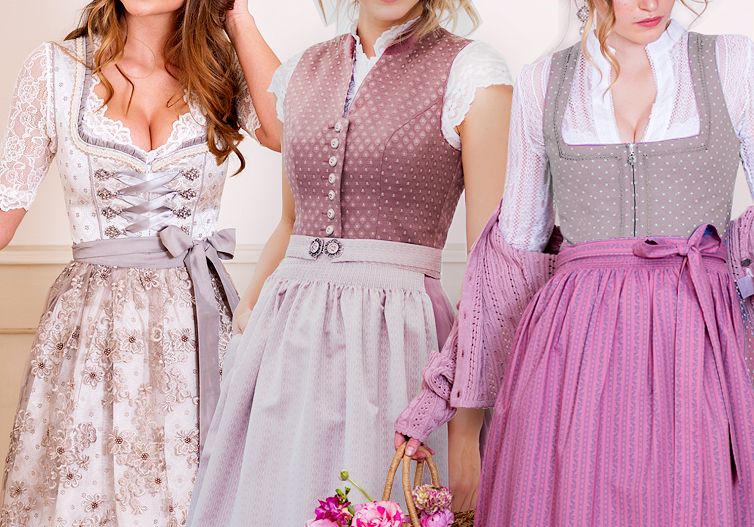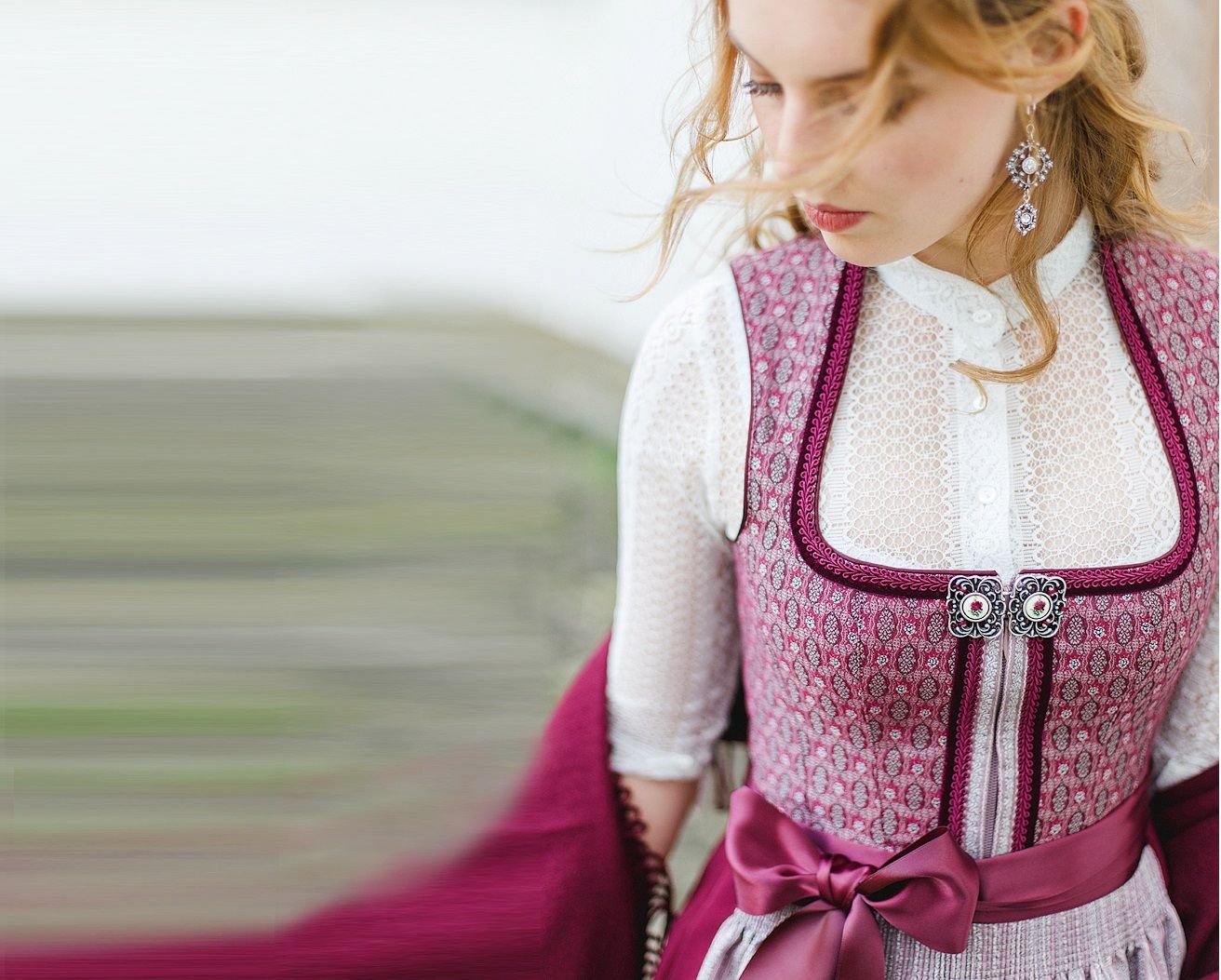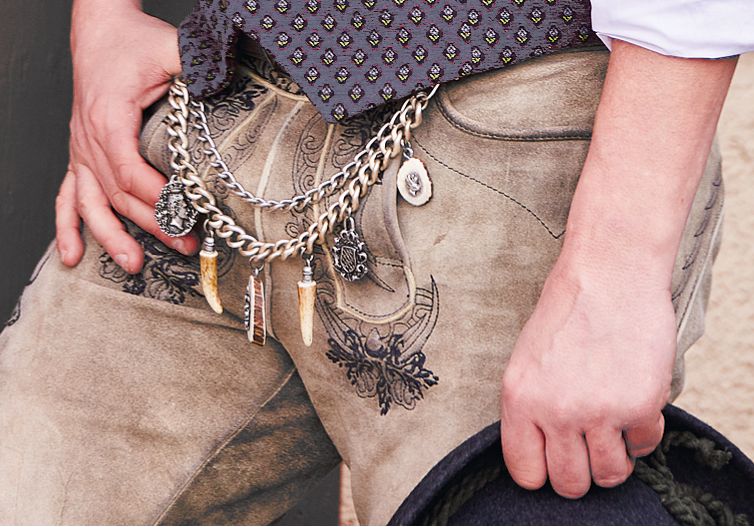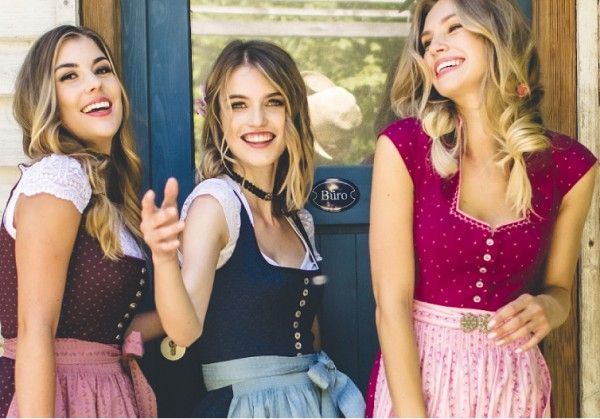Traditional costumes and sustainability: responsible fashion
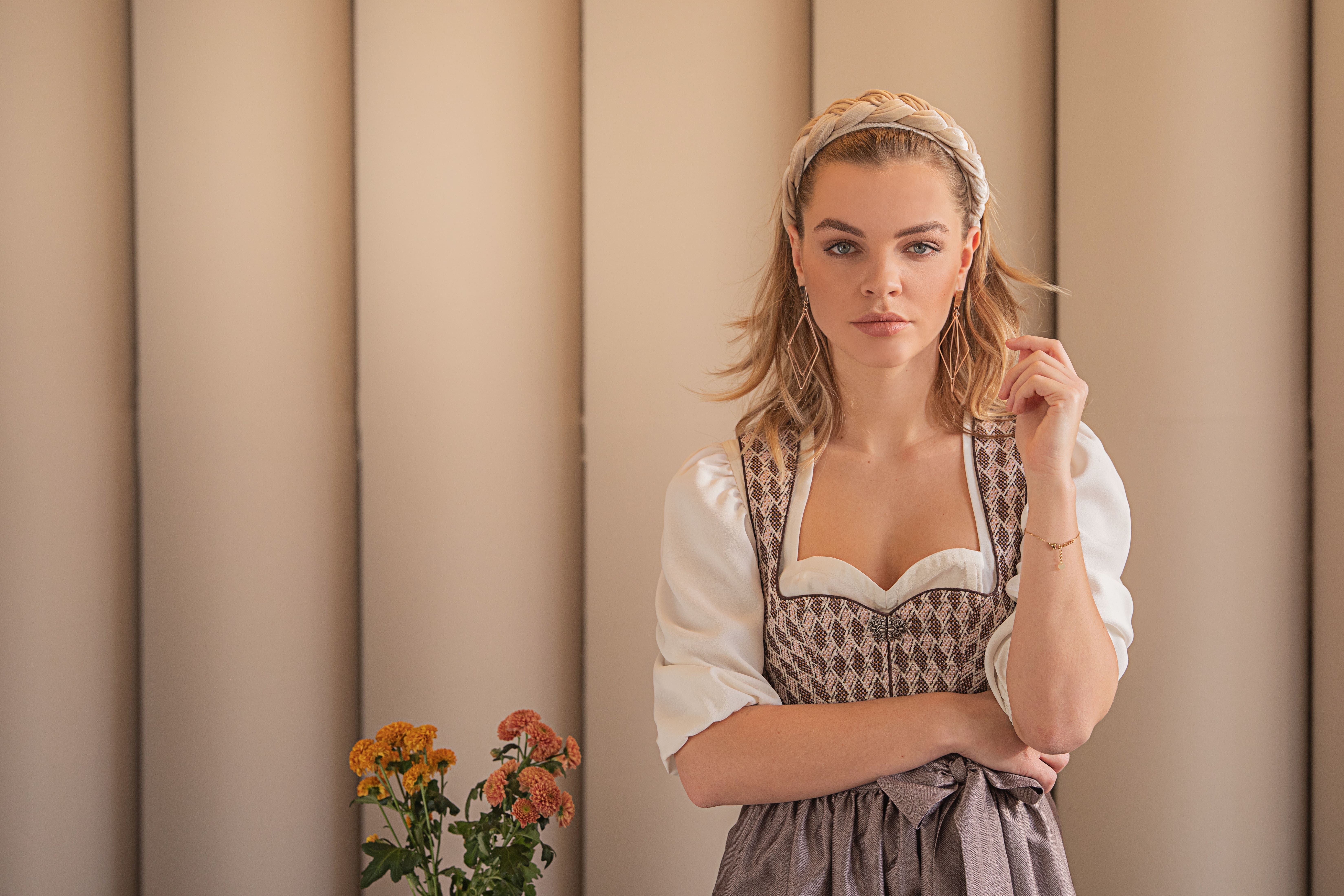
In an era where sustainability and environmental awareness are becoming increasingly important, the question arises: How does traditional Trachten fashion fit into this picture? Surprisingly well! Trachten embody many principles that are also highly valued in sustainable fashion. More and more people are paying attention to where their clothing comes from, how it is produced, and what materials are used. Traditional attire, deeply rooted in heritage, aligns perfectly with modern sustainability demands. From sustainable dirndls made of cotton and linen to Trachten tops crafted from virgin wool, the fusion of tradition and environmental consciousness has never been more relevant.
Sustainable Trachten: Tradition with Natural Materials
Traditional Trachten are typically made from high-quality natural materials such as linen, wool, cotton, and leather. These materials are not only durable but also biodegradable, making them a more eco-friendly option compared to synthetic fabrics.
Linen: The Future of Trachten Fashion
Linen is one of the most sustainable materials and is becoming increasingly popular in traditional fashion. It is not only durable and long-lasting but also environmentally friendly. In Trachten fashion, linen is commonly used for men’s Trachten shirts, which are ideal for warm days due to their breathability. Linen Trachten dresses are also gaining popularity as a stylish and sustainable alternative to traditional fabrics.
Wool and Traditional Attire: Sustainability in Every Fiber
In Trachten fashion, wool is traditionally used for vests, jackets, and knit cardigans. Accessories like traditional socks and hats also benefit from the unique properties of this natural material. Trachten vests made of virgin wool are particularly popular. They are not only stylish but also provide excellent insulation. Virgin wool ensures optimal comfort as it is breathable and regulates moisture without irritating the skin. But what makes wool sustainable? It is a renewable resource, biodegradable, and requires fewer resources to produce than synthetic materials. Additionally, wool is highly durable and resilient, allowing garments to be worn for many years. This makes it an especially sustainable choice for Trachten enthusiasts.
Cotton Dirndls: Practical and Sustainable
A sustainable dirndl combines traditional craftsmanship with modern ecological standards. More and more manufacturers are turning to biodegradable materials, which not only protect the environment but also ensure long-lasting garments. Cotton dirndls are particularly popular because they are not only eco-friendly but also easy to care for and durable. Cotton is breathable, soft on the skin, and easy to wash, making a cotton dirndl—also known as a Waschdirndl—an ideal choice for everyday wear and casual folk festivals. Beyond dirndls, cotton is also a preferred material for Trachten shirts and blouses. These garments are breathable, comfortable, and easy to maintain—perfect for daily use and long festive celebrations.
Leather as a Sustainable Material in Traditional Fashion
Leather has always been an integral part of Trachten fashion and, due to its durability, offers a sustainable option. A well-maintained lederhosen can last for many years and even be passed down through generations, reducing the need for new resources. Vegetable-tanned leather is also gaining popularity as it avoids harmful chemicals, making it a more environmentally friendly choice. Additionally, leather is a natural and biodegradable material, often a byproduct of the meat industry, contributing to waste reduction. Choosing regionally produced leather supports short supply chains and traditional craftsmanship.
Traditional Attire: Local Production and Craftsmanship
Many Trachten pieces are still crafted by local tailors and artisans. This not only supports local economies but also minimizes the carbon footprint by reducing transportation distances. By keeping production local, the deep connection to regional traditions is preserved, ensuring that traditional craftsmanship techniques are passed down to future generations. Local production also guarantees high quality and attention to detail, as skilled artisans bring years of expertise to their work. Choosing locally made Trachten is not only a sustainable decision but also a way to preserve cultural identity.
The Longevity of Traditional Attire
Traditional clothing stands out for its exceptional quality and durability. A well-maintained dirndl or lederhosen can last for decades and even be handed down through generations. This longevity contrasts sharply with "fast fashion," where clothing is often discarded after just one season. The timeless design of Trachten defies fleeting trends, making them a long-term investment. This encourages a more conscious approach to consumption, as there is no pressure to constantly buy new clothing. In this way, Trachten merge tradition with responsibility, offering a sustainable and stylish choice that reduces fashion waste.
Sustainable Traditional Fashion: Challenges and Solutions
Of course, there are challenges when it comes to sustainability in Trachten fashion:
- Animal Welfare: The ethical sourcing of leather is an important issue. Sustainable Trachten manufacturers increasingly use ethically produced leather or plant-based alternatives.
- Resource Consumption: The production of high-quality fabrics can be resource-intensive. Innovative companies are experimenting with recycled materials and water-saving production methods.
- Accessibility: High-quality Trachten can be expensive. However, some brands now offer rental options to make traditional attire more accessible.
Sustainability in the Traditional Fashion Industry
Traditional fashion and sustainability are not opposites—in fact, they go hand in hand. With their durability, quality, and timeless appeal, Trachten embody many principles of sustainable fashion. By consciously choosing high-quality, locally made Trachten and maintaining them well, we can combine tradition with sustainability. Wearing Trachten thus becomes not only an expression of cultural identity but also a statement for responsible consumption.


